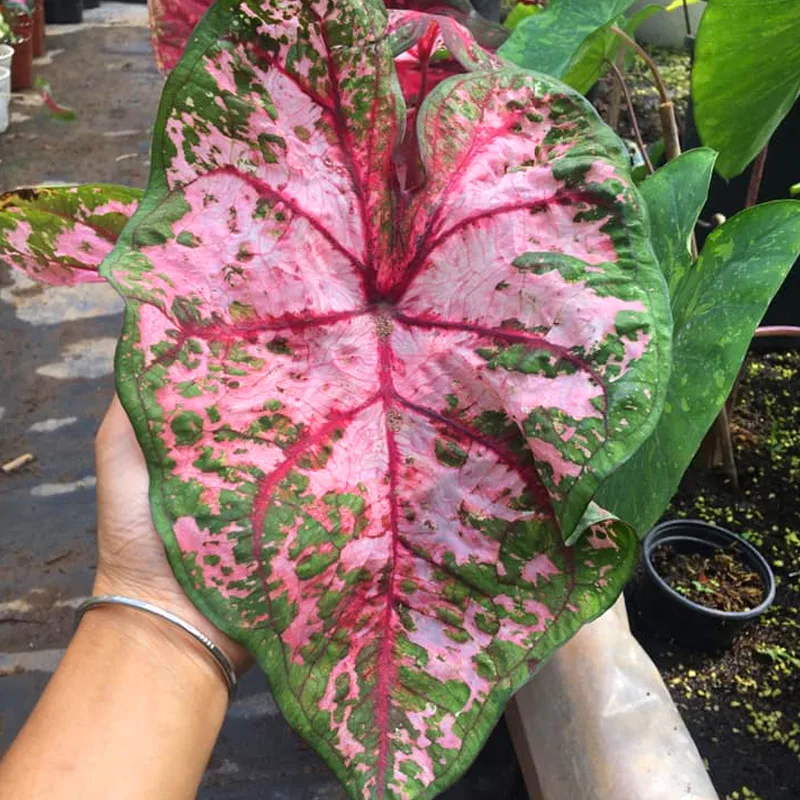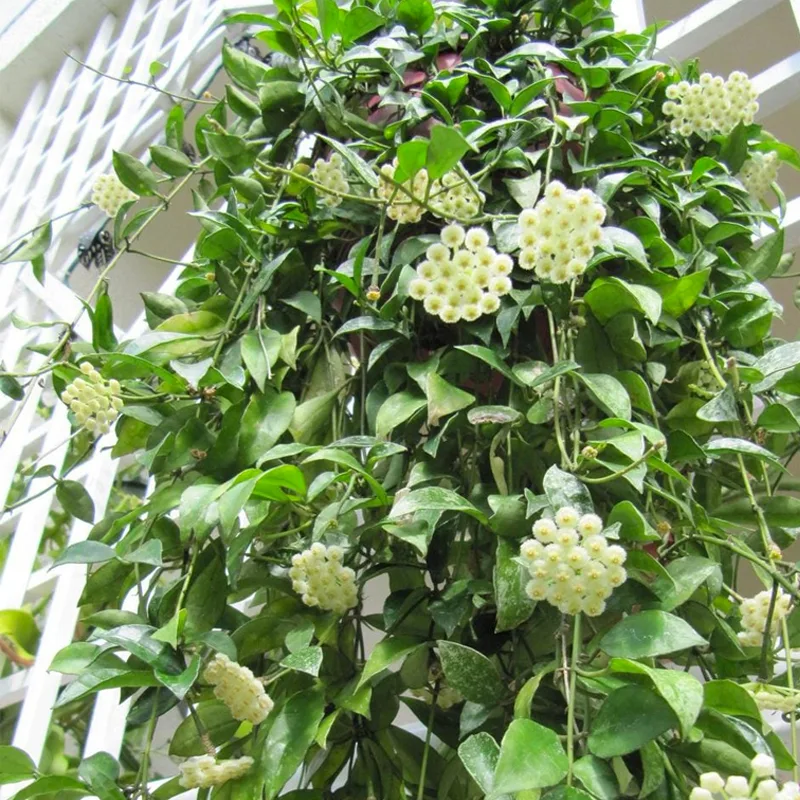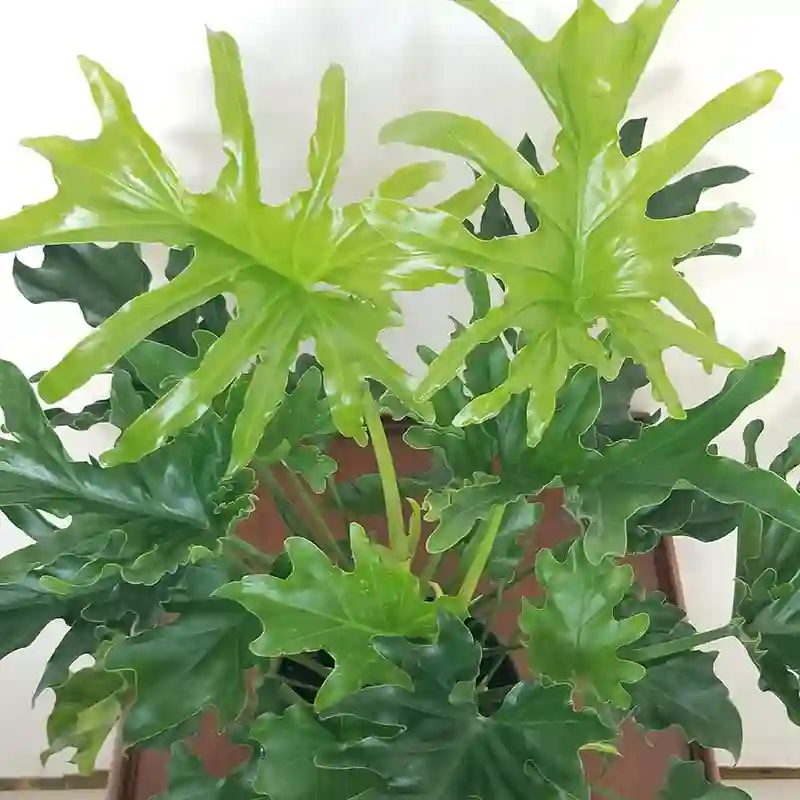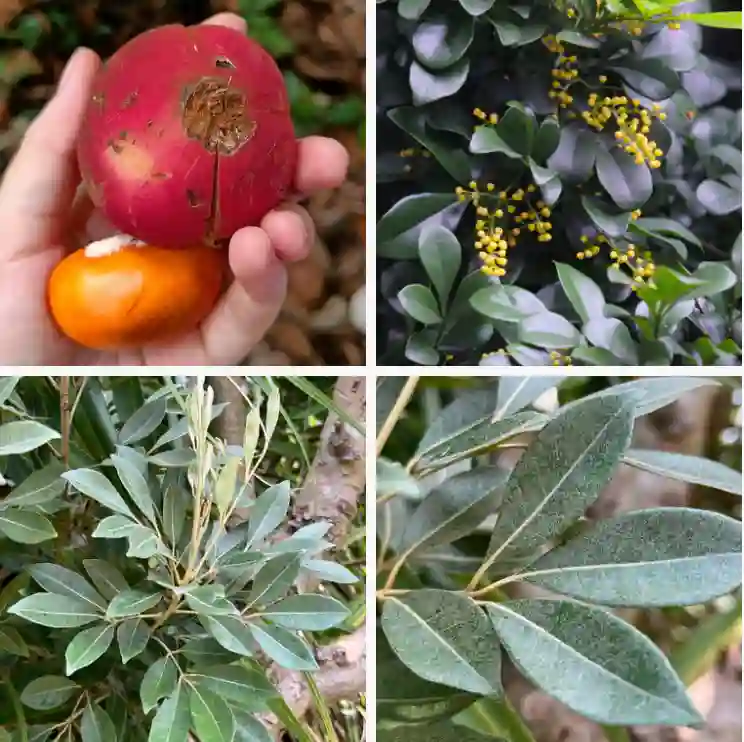Batana Plant: FAQs and Insights
I’ve been exploring the world of plants for a while, and one that recently caught my eye is the Batana Plant. You might be wondering, “What is Batana Plant?” Let me share my insights and experiences to help answer some common questions about this fascinating plant.
What Is Batana Plant?
The Batana Plant, scientifically known as Elaeis Oleifera, is a type of palm native to Central and South America. It’s closely related to the more commonly known African oil palm (Elaeis Guineensis), but it has distinct characteristics and benefits that set it apart. Unlike its African counterpart, the Batana Plant is known for its smaller size and more manageable growth, making it an excellent choice for both small and large gardens.
Batana Plant Benefits
One of the standout features of the Batana Plant is its versatility and the benefits it offers. Here are some of the key benefits I’ve found:
- Oil Production: The Batana Plant is renowned for its oil, which is used in various cosmetic products. The oil is rich in nutrients and has moisturizing properties that are great for skin care. It’s often found in shampoos, conditioners, and lotions.
- Environmental Benefits: This plant plays a role in preventing soil erosion. Its roots help stabilize the soil, making it an excellent choice for reforestation projects and landscaping in areas prone to erosion.
- Aesthetic Appeal: With its lush green fronds and tropical appearance, the Batana Plant adds a touch of the tropics to any garden. It’s a great way to create a lush, exotic look in your outdoor space.
How to Care for Batana Plant?
Caring for the Batana Plant is relatively straightforward, and here’s what I’ve learned:
- Sunlight: This plant thrives in full sun to partial shade. If you’re growing it indoors, ensure it receives bright, indirect light. Outdoors, it’s best to place it in a spot where it can get at least 4 to 6 hours of sunlight a day.
- Soil: The Batana Plant prefers well-draining soil. A mix of potting soil with sand or perlite works well. It’s crucial to avoid waterlogged conditions, as this can lead to root rot.
- Watering: Keep the soil consistently moist but not soggy. During the growing season, water it regularly, and reduce watering in the winter months when the plant’s growth slows down.
- Fertilizing: Use a balanced fertilizer every 6 to 8 weeks during the growing season. This helps to ensure the plant gets the necessary nutrients for healthy growth.
- Pruning: Regularly remove any dead or damaged fronds to keep the plant looking its best. This also helps to promote better air circulation around the plant.
How to Propagate Batana Plant?
Propagation of the Batana Plant is quite achievable with the right approach. Here’s how I’ve done it:
- Seed Propagation: The most common method is through seeds. Start by soaking the seeds in water for 24 hours to soften the outer shell. Then, plant them in a pot with a well-draining soil mix. Keep the soil moist and place the pot in a warm, sunny spot. Germination can take several weeks, so patience is key.
- Offshoots: If you have a mature Batana Plant, you can propagate it by separating offshoots or suckers. Carefully dig around the base of the plant to expose the offshoots, then cut them away and replant them in a new pot or garden bed.
What to Plant With Batana Plant?
The Batana Plant pairs well with other tropical plants and shrubs. Here are some companions that I’ve found complement it well:
- Bird of Paradise: This plant has similar light and soil requirements, making it a great partner for the Batana Plant. Its bold, tropical leaves enhance the overall aesthetic.
- Ferns: Ferns add a lush, green contrast to the Batana Plant’s fronds and thrive in similar conditions, making them ideal companions.
- Ornamental Grasses: Grasses like Miscanthus or Pampas Grass provide a nice textural contrast and can add height and structure to the planting area.
Common Problems and Solutions
While the Batana Plant is relatively low-maintenance, it can encounter a few issues:
- Pests: Watch out for pests like spider mites or scale insects. Regularly inspect the plant and treat any infestations with insecticidal soap or neem oil.
- Yellowing Leaves: This can be a sign of overwatering or poor drainage. Ensure that the plant’s pot has proper drainage and adjust your watering routine as needed.
- Nutrient Deficiency: If the leaves start to yellow or show signs of deficiency, it may be time to fertilize. Use a balanced fertilizer to correct any nutrient imbalances.
In summary, the Batana Plant is a fantastic addition to any garden or indoor space. Its benefits, combined with straightforward care and propagation methods, make it a rewarding plant to grow. Whether you’re interested in its oil benefits, its environmental impact, or simply its aesthetic appeal, the Batana Plant is definitely worth considering.
If i die, water my plants!



